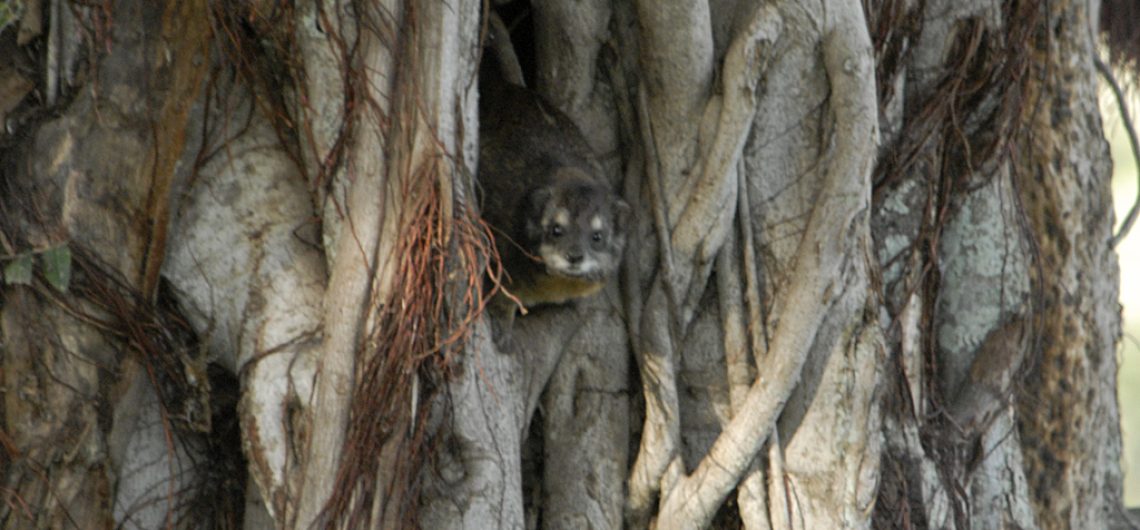Mount Kilimanjaro is home to a variety of unique and fascinating species of animals that are found nowhere else in the world. These species are known as endemic animals, and they play a crucial role in the mountain’s ecosystem.
Understanding and protecting endemic animals is vital for maintaining global biodiversity, preserving evolutionary history, and ensuring the health of ecosystems. Their uniqueness makes them irreplaceable components of our planet’s biological tapestry.
Endemic animals are species that are native and unique to a specific geographic area, such as an island, country, or region and do not naturally occur anywhere else in the world. Here’s a deeper look into Kilimanjaro’s endemism:
What are the Endemic Animals of Mount Kilimanjaro?
Endemic animals of Mount Kilimanjaro are species that are found exclusively on the mountain and nowhere else in the world. These animals have evolved over time to adapt to the mountain’s unique environment, and as a result, they are often highly specialized and have unique characteristics that set them apart from their closest relatives.
Some examples of endemic animals of Mount Kilimanjaro include the Kilimanjaro shrew, Kilimanjaro mouse, Kilimanjaro tree hyrax, Kilimanjaro white-tailed mongoose, and Kilimanjaro mole-rat. Each of these species has unique adaptations that allow them to survive in the mountain’s harsh and variable climate.
Importance of Endemic Animals of Mount Kilimanjaro
Endemic animals of Mount Kilimanjaro are important for several reasons. Firstly, they play a vital role in the mountain’s ecosystem. Many of these species are important herbivores, predators, and scavengers, helping to regulate the populations of other animal species on the mountain.
Furthermore, endemic animals of Mount Kilimanjaro are often highly specialized and can provide valuable insights into the evolutionary processes that have shaped life on the mountain. Studying these species can help scientists to better understand the factors that have influenced the diversification of life on Earth.
Examples of Endemic Animals of Mount Kilimanjaro
Kilimanjaro Shrew
The Kilimanjaro shrew is a small, insectivorous mammal that is found only on Mount Kilimanjaro. This species is notable for its small size and its ability to survive in the mountain’s harsh climate.
The Kilimanjaro shrew is an important predator of insects on the mountain, and plays an important role in the mountain’s food web.
Kilimanjaro Tree Hyrax
The Kilimanjaro tree hyrax is a small, herbivorous mammal that is found exclusively on Mount Kilimanjaro. This species is notable for its unique adaptations, including its ability to climb trees and its specialized digestive system.
The Kilimanjaro tree hyrax is an important herbivore on the mountain, feeding on leaves and other plant material.
Kilimanjaro White-Tailed Mongoose
The Kilimanjaro white-tailed mongoose is a small, carnivorous mammal that is found only on Mount Kilimanjaro. This species is notable for its unique coloration, which includes a distinctive white-tipped tail.
The Kilimanjaro white-tailed mongoose is an important predator on the mountain, feeding on insects, rodents, and other small animals.
FAQs about Mount Kilimanjaro’s Endemic Animals
- How many endemic animal species are there on Mount Kilimanjaro?
There are numerous endemic animal species on Mount Kilimanjaro, including several species of mammals, birds, and insects.
- Why are endemic animals important?
Endemic animals are important because they play a crucial role in the ecosystems where they live, and often provide valuable insights into the evolutionary processes that have shaped life on Earth.
- What is the difference between endemic and non-endemic species?
Endemic species are found exclusively in a particular geographic region, while non-endemic species are found in multiple regions around the world.
Key Characteristics of Endemic Animals:
- Geographic Isolation: Endemism often results from geographic isolation, where a species evolves in a location separated from other regions, leading to unique adaptations and speciation.
- Biodiversity Hotspots: Many endemic species are found in biodiversity hotspots, areas with exceptionally high numbers of species, many of which are endemic. These hotspots are often under threat from human activities, making conservation efforts crucial.
- Evolutionary Processes: Over time, through processes like natural selection, genetic drift, and speciation, species can adapt to their specific environments, leading to unique characteristics not found in their relatives elsewhere.
Examples of Endemic Animals:
- Galápagos Islands: Known for its high number of endemic species, like the Galápagos Tortoise, Darwin’s Finches, and the Galápagos Marine Iguana. These animals have evolved in isolation from mainland species, leading to unique traits.
- Madagascar: This island has an incredible number of endemic species, including the lemurs, which are found nowhere else in the world. The isolation of Madagascar from Africa has allowed for the evolution of distinct flora and fauna.
- Australia: While not an island in the traditional sense, its isolation has led to unique marsupials like the Kangaroo, Koala, and Tasmanian Devil, which are endemic to the Australian continent.
Importance of Endemism:
- Conservation: Endemic species are often more vulnerable to extinction because their range is limited. Conservation efforts are critical to protect these species from threats like habitat destruction, climate change, and invasive species.
- Scientific Research: Studying endemic species can provide insights into evolution, ecology, and the impacts of environmental changes. They serve as natural laboratories for understanding biological processes.
- Cultural and Economic Value: Endemic species can be significant for local cultures and economies, often featured in tourism, which can both benefit and endanger them.
Challenges:
- Habitat Loss: Due to their limited range, habitat destruction can quickly lead to the decline or extinction of endemic species.
- Climate Change: As climates shift, endemic species might not have the ability to migrate to new suitable habitats due to geographic barriers.
- Invasive Species: Non-native species introduced into an ecosystem can outcompete or prey on endemic species, leading to their decline.
![]()


Comments